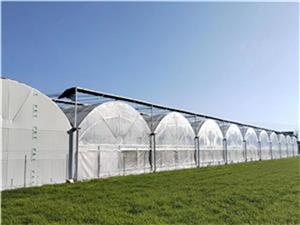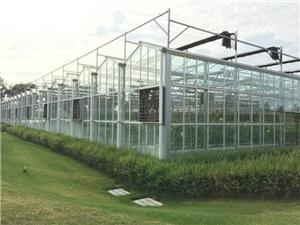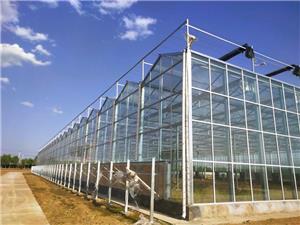From soil-based cultivation to substrate-based cultivation
With the development of modern science and technology, agricultural techniques are constantly evolving. Substrate cultivation, as an environmentally friendly and efficient planting method, is gradually gaining popularity. It not only increases crop yields but also reduces the impact on the environment. The definition of substrate cultivation: Substrate cultivation is a soilless cultivation technique that uses organic or inorganic materials as the medium for plant growth, instead of traditional soil. This cultivation method can better control the water, nutrients, and air required for plant growth, thereby improving the growth efficiency and quality of crops.
Environmental advantages
The environmental advantages of substrate cultivation are obvious. It reduces the reliance on fertilizers and pesticides, and lowers the risk of soil pollution. Moreover, since the substrate can be recycled, it also alleviates the problem of agricultural waste disposal, aligning with the concept of sustainable development.
High efficiency and output
Compared with traditional soil cultivation, substrate cultivation can more precisely control the growth conditions of plants, thereby achieving higher yields. Plants growing in an appropriate environment can absorb nutrients more quickly, shorten the growth cycle, and increase the overall yield.
Quality improvement
Another significant advantage of substrate cultivation is that it can enhance the quality of crops. By precisely controlling the growth environment, crops can obtain more balanced nutrition, reduce the occurrence of pests and diseases, and thereby improve the taste and nutritional value of the fruits.
High adaptability
The substrate cultivation technology is not limited to a single crop or a specific environment. It can be applied to various crops, such as vegetables, flowers and fruit trees, and can adapt to different climates and geographical conditions, providing more possibilities for agricultural production worldwide.
Economic benefits
From the perspective of economic benefits, substrate cultivation can reduce production costs and enhance the market competitiveness of crops. Due to the improvement in yield and quality, farmers can earn higher incomes, and consumers can enjoy higher-quality agricultural products.
Technological maturity
The substrate cultivation technology is quite mature and has been widely applied on a large scale in many countries and regions. With the continuous advancement of technology, the cost of cultivation has gradually decreased, enabling more agricultural producers to adopt this technique.
With the development of modern science and technology, agricultural techniques are constantly evolving. Substrate cultivation, as an environmentally friendly and efficient planting method, is gradually gaining popularity. It not only increases crop yields but also reduces the impact on the environment. The definition of substrate cultivation: Substrate cultivation is a soilless cultivation technique that uses organic or inorganic materials as the medium for plant growth, instead of traditional soil. This cultivation method can better control the water, nutrients, and air required for plant growth, thereby improving the growth efficiency and quality of crops.
Environmental advantages
The environmental advantages of substrate cultivation are obvious. It reduces the reliance on fertilizers and pesticides, and lowers the risk of soil pollution. Moreover, since the substrate can be recycled, it also alleviates the problem of agricultural waste disposal, aligning with the concept of sustainable development.
High efficiency and output
Compared with traditional soil cultivation, substrate cultivation can more precisely control the growth conditions of plants, thereby achieving higher yields. Plants growing in an appropriate environment can absorb nutrients more quickly, shorten the growth cycle, and increase the overall yield.
Quality improvement
Another significant advantage of substrate cultivation is that it can enhance the quality of crops. By precisely controlling the growth environment, crops can obtain more balanced nutrition, reduce the occurrence of pests and diseases, and thereby improve the taste and nutritional value of the fruits.
High adaptability
The substrate cultivation technology is not limited to a single crop or a specific environment. It can be applied to various crops, such as vegetables, flowers and fruit trees, and can adapt to different climates and geographical conditions, providing more possibilities for agricultural production worldwide.
Economic benefits
From the perspective of economic benefits, substrate cultivation can reduce production costs and enhance the market competitiveness of crops. Due to the improvement in yield and quality, farmers can earn higher incomes, and consumers can enjoy higher-quality agricultural products.
Technological maturity
The substrate cultivation technology is quite mature and has been widely applied on a large scale in many countries and regions. With the continuous advancement of technology, the cost of substrate cultivation has gradually decreased, enabling more agricultural producers to adopt this technique.




